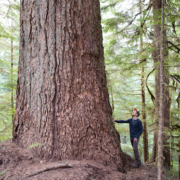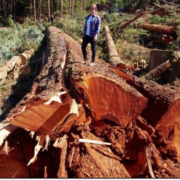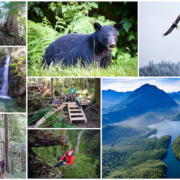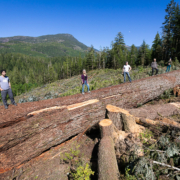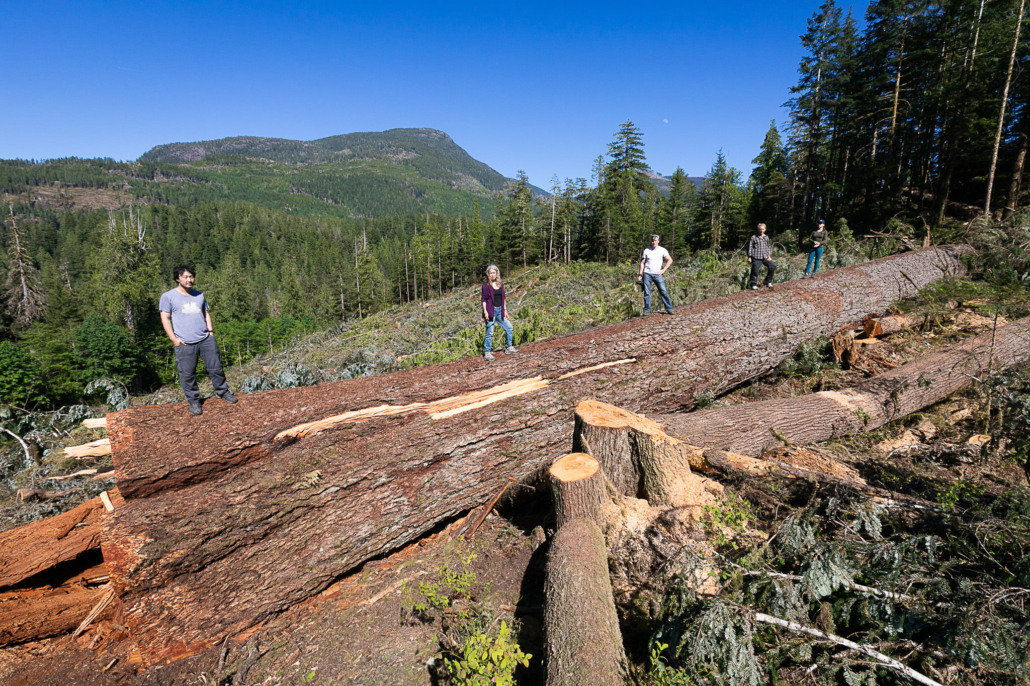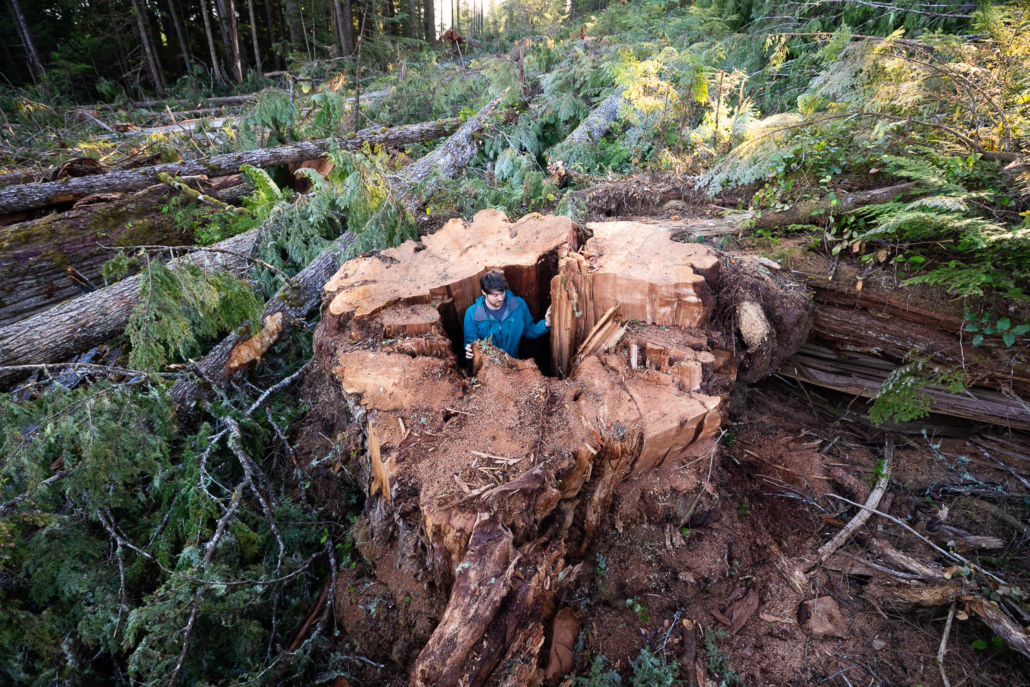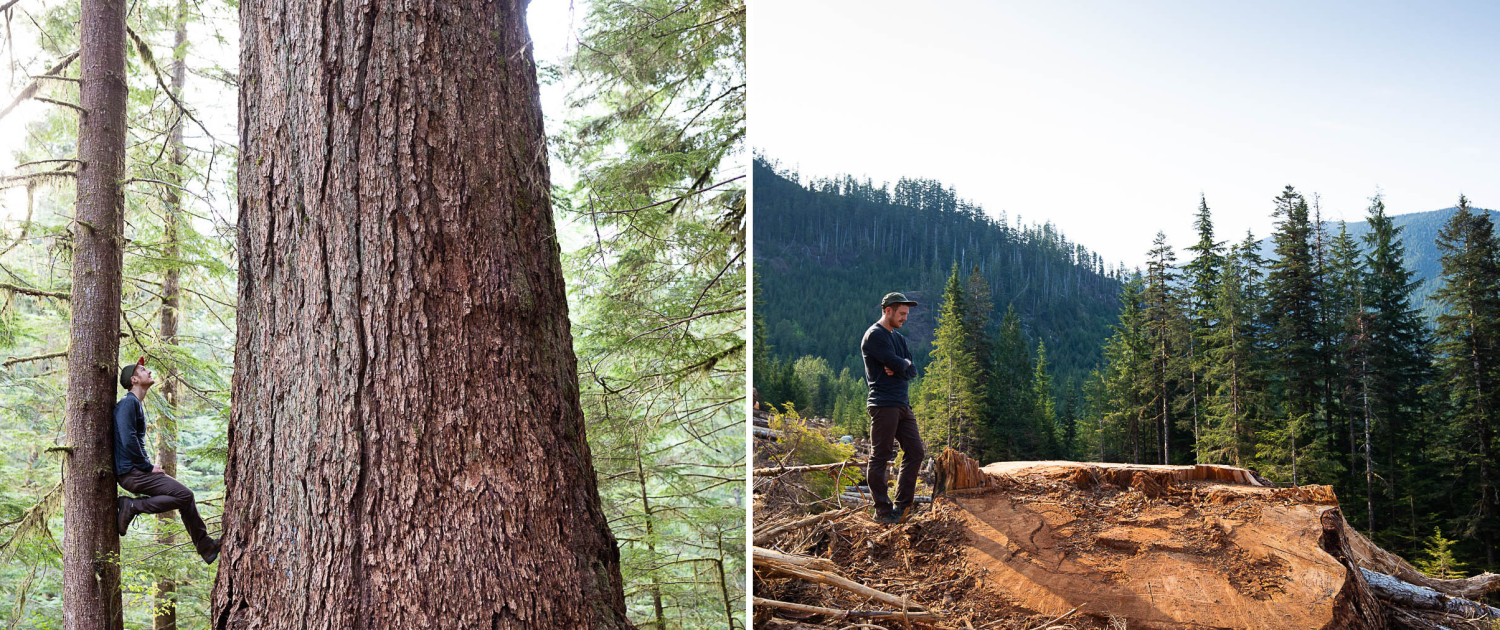 May 12 2021
May 12 2021Forestry Watchdog finds BC Timber Sales failing to protect old-growth, biodiversity in Nahmint Valley
Forest Practices Board investigation into Ancient Forest Alliance complaint reveals non-compliance by BC government logging agency in Nahmint Valley, putting ecosystems at risk, and systemic flaws in BC’s forestry legislation.
For immediate release
May 12, 2021
Victoria, BC – BC Timber Sales’s logging plans for the Nahmint Valley have consistently failed to comply with legally-binding land-use objectives for biodiversity protection, according to a long-awaited Forest Practices Board report following an investigation into old-growth logging in the Nahmint Valley near Port Alberni on Vancouver Island.
The report, released today, comes three years after the Ancient Forest Alliance (AFA), together with members of the Port Alberni Watershed Forest Alliance, exposed the clearcutting of some of Canada’s grandest remaining old-growth forests and biggest trees – including Canada’s ninth widest known Douglas-fir – in the Nahmint Valley, located in Hupacasath and Tseshaht territory. The discovery prompted the AFA to submit a complaint to the Board, as well as the Ministry of Forests’ Compliance and Enforcement Branch (CEB), in summer 2018.
The Board’s nearly three-year investigation confirms one of the key findings from the CEB investigation – that BCTS’s 2017 Forest Stewardship Plan (FSP) for the Nahmint Valley fails to comply with legal biodiversity objectives set under the Vancouver Island Higher Level Plan Order.
“With the Forest Practices Board’s investigation now complete, the evidence is irrefutable: BC Timber Sales are failing to adequately protect old-growth in the Nahmint Valley,” stated Ancient Forest Alliance campaigner Andrea Inness. “This failure exposes the gross inadequacies and lack of accountability that are inherent in BC’s forest system and the need for immediate, systemic change.”
The Board’s investigation found that BCTS did not follow good conservation design, use available ecosystem mapping, or ensure forest ecosystems were adequately represented at the landscape level through Old Growth Management Areas. As a result, not only is BCTS’s FSP non-compliant, according to the Board’s report, these issues have “occurred over a long period of time and are creating real risks to ecosystems.”
“BCTS has logged too much old-growth forest in some ecosystems, including in rare and underrepresented plant communities, putting biodiversity at risk,” stated Inness. “What’s worse is they have no plan in place to ensure even more of these forests aren’t destroyed.”
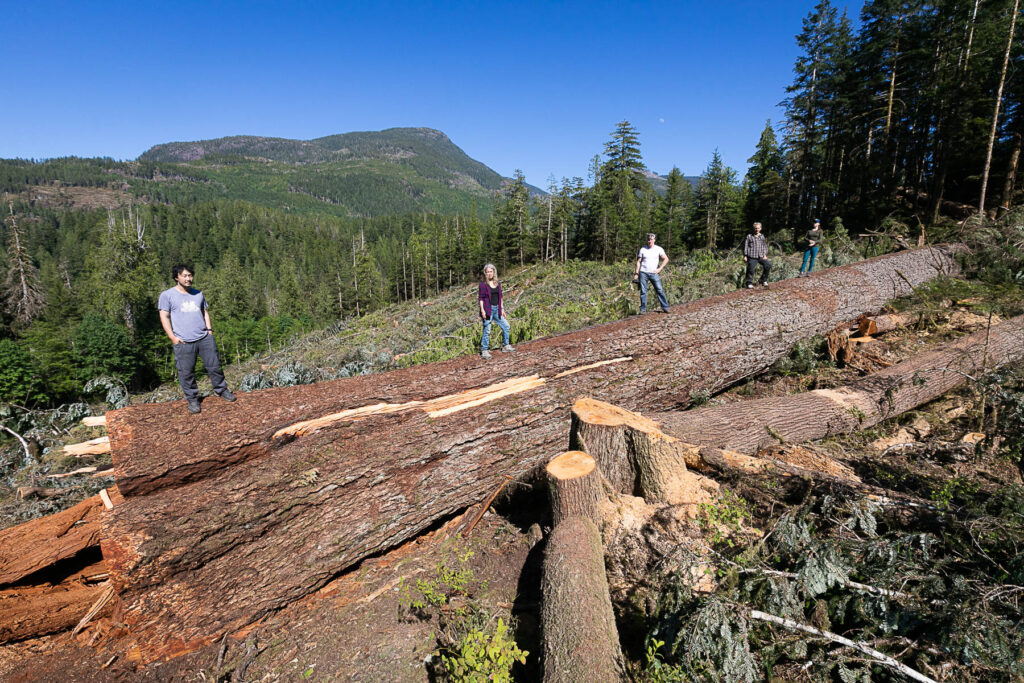
Despite these issues, the FSP was given ‘rubber stamp’ approval by the district manager and when the CEB’s investigation identified possible compliance issues in fall 2018, nothing was done to amend the FSP to bring it into compliance.
The Board’s report also reveals inherent inadequacies in the Forest and Range Practices Act – namely that there is no mechanism through which changes can be made to non-compliant FSPs once they’re approved – and loopholes that allow forest companies to substitute younger, smaller trees for older, bigger trees in retention areas, combine protection targets for old-growth and mature forests together, and stack forest reserves like Old Growth Management Areas and Wildlife Habitat Areas on top of each other.
“BC’s deeply flawed forest system not only lacks accountability, it allows forest companies and BCTS to protect the lowest possible amount of productive old-growth forests while always targeting the very best stands for logging,” stated AFA campaigner and photographer TJ Watt.
“At the end of the day, it’s not enough that BC Timber Sales amend their landscape unit plan and their FSP, as the Board suggests, so they can continue logging old-growth while adhering to BC’s outdated and inadequate forestry laws. Those laws need to be revised to reflect advancements in conservation science and the ecological crisis facing BC’s ancient forests.”
“Public trust in BC Timber Sales is already abysmal,” stated Inness. “Knowing they’re failing to meet the BC government’s grossly inadequate standards for old-growth protection is further proof of the urgent need for sweeping, systemic change in BC’s forest system.”
In its 2020 report, the NDP government-appointed Old Growth Strategic Review Panel concluded that productive old-growth forests are endangered across most of BC and a complete paradigm shift in BC’s forest sector, as well as immediate steps to protect the most at-risk old-growth forests, are urgently needed. In October, Premier Horgan committed to implementing the Old Growth Panel’s recommendations “in their totality,” but very little has been done thus far and the province is falling far behind on the panel’s suggested timeline.
In light of the panel’s recommendations and the Board’s findings, the AFA is calling on the BC government to direct BCTS to immediately stop auctioning off cutblocks in old-growth forests and instead champion conservation solutions and sustainable second-growth harvesting practices.
Brenda Sayers of the Hupacasath First Nation in Port Alberni is also urging the province and BC Timber Sales to end the destructive logging of old-growth in the Nahmint.
“The Nahmint Valley is not only beautiful, its ancient forests and biodiversity are critical to our people’s culture, our identity. Yet, the BC government is sanctioning the destruction of these ecosystems through its own logging agency, which have shown themselves to be incapable of responsibly managing our sacred lands.”
“The province needs to enact the paradigm shift that Premier Horgan committed to last October so that biodiversity and ecosystem integrity – which are what sustain First Nations cultures – are given the highest priority, not just in the Nahmint, but everywhere in BC.”
Background information
- The Nahmint Valley, recognized for its high biodiversity, important wildlife and conservation values, was designated a “low intensity area” in the 1994 Vancouver Island Land Use Plan (VILUP) and a special management zone with “high biodiversity” priority in the ensuing VILUP Higher Level Plan Order in 2000.
- The Board found BCTS failed to meet legal-binding protection targets for many old-growth ecosystems in the Nahmint. In some cases, the gap between the legal retention targets and how much old-growth remains is significant. For example, for four rare and underrepresented ecosystems in the Nahmint, BCTS has only achieved between 20 and 55 per cent of the targets.
- The Nahmint Valley is considered a “hotspot” of high-conservation value old-growth forest by conservation groups, with some of the largest tracts of remaining old-growth forests on Vancouver Island outside of Clayoquot Sound. The Nahmint River supports significant salmon and steelhead spawning runs and the area is also home to Roosevelt elk, black-tailed deer, cougars, wolves, and black bears as well as old-growth dependent species like marbled murrelet and northern goshawk.
- Old-growth forests are vital to sustaining unique endangered species, climate stability, tourism, clean water, wild salmon, and the cultures of many First Nations. On BC’s southern coast, satellite photos show that at least 75% of the original, productive old-growth forests have been logged, including well over 90% of the valley bottoms where the largest trees grow.

